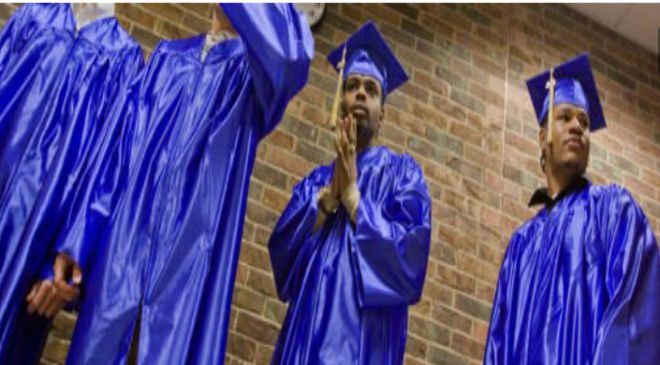Academic researchers have been focusing recently on students’ pandemic-induced “learning losses.” But the bigger story, largely being ignored, is the fact that there often wasn’t much “learning” to lose.
People have known about this problem for at least four decades, ever since the National Commission on Excellence in Education published “A Nation at Risk.” The sobering 1983 study, commissioned by Reagan Education Secretary T. H. Bell, concluded that “while we can take justifiable pride in what our schools and colleges have historically accomplished and contributed to the United States and the well-being of its people, the educational foundations of our society are presently being eroded by a rising tide of mediocrity that threatens our very future.”
Also Read – Parents of tragic e-bike fatality settle; Rad Power Bikes pushes back
“Our society and its educational institutions,” the report continued, “seem to have lost sight of the basic purposes of schooling, and of the high expectations and disciplined effort needed to attain them.”
It was this realization that spawned the charter school movement in the years that followed. Between 1991 and 1999, 35 states and Washington, D.C., passed legislation authorizing the establishment of privately run public charter schools, providing parents in those states with alternatives to the mediocre, and in some cases failing, government-run schools many children were attending. Nine additional states have passed charter legislation since then — most recently West Virginia in 2019.
By the beginning of the 2019-2020 school year, more than 3.4 million students were enrolled in approximately 7,700 charter schools nationwide, with California, Texas, Arizona, and Michigan leading the way. Enrollment increased during the pandemic, when many, if not most, charter schools remained open, while most government-run schools offered online instruction only.
Also Read – In a Small Arkansas City, Crime, Dread and an Emergency Curfew
Now, a recent federal appeals court decision, a case originally known as Peltier v. Charter Day School, Inc., threatens to undermine the charter school option.
The 4th U.S. Circuit Court of Appeals, in a 10-6 split decision, ruled in mid-June that Charter Day School, Inc., a private nonprofit corporation that operates four charter schools in southeastern North Carolina, is a so-called state actor. This means the school will become subject to many of the rules and regulations that apply to government-run schools, which would defeat the purpose of charter schools: to offer parents tuition-free alternatives to their district schools.
Charter Day School, Inc., which I helped found, has petitioned the Supreme Court to “review and reverse” the appeals court ruling. The Supreme Court is expected to decide whether to take the case later this week.
Meanwhile, the problems identified 40 years ago in “A Nation at Risk” continue. Testing last year by the National Assessment of Educational Progress demonstrates that too many students aren’t learning what they need to learn in such essential subjects as reading and math. The pandemic only exacerbated the problem.
When it became clear during the summer of 2020 that the county-run schools in our area wouldn’t offer in-person teaching during the 2020-2021 school year, the four schools controlled by Charter Day School, Inc. were besieged by parents seeking to enroll their children. We were able to accommodate 373 elementary and 101 middle school transfer students.
When we tested the younger students, we found that 75 of the 168 first and second graders were not only unable to read, but their vocabularies were so limited they wouldn’t be able to understand their teachers’ basic reading instructions.
But it wasn’t only the youngest transfer students who were unable to read. Nearly a quarter, 63, of the 265 transfer students in third grade through seventh grade also couldn’t read.
This is why more and more parents each year look to charter schools to educate their children.
In our case, they are choosing schools that use proven “Direct Instruction” teaching methods and a curriculum that promotes step-by-step learning, stress the fundamentals of classical education, including reading, grammar, mathematics, science, chronological history, and Latin (beginning in the fourth grade), and promote mainstream, traditional values.
Also Read – 3 police officers injured in ‘machete’ attack near Times Square, officials say
And they know, and can be confident, that virtually all our students will be reading by the spring of their kindergarten year.
If charter schools must be no different from government-run schools in fundamental ways, as the 4th Circuit has decreed, charter schools will soon cease to exist. That would be a disservice not only to our nation’s students but to our nation.

























